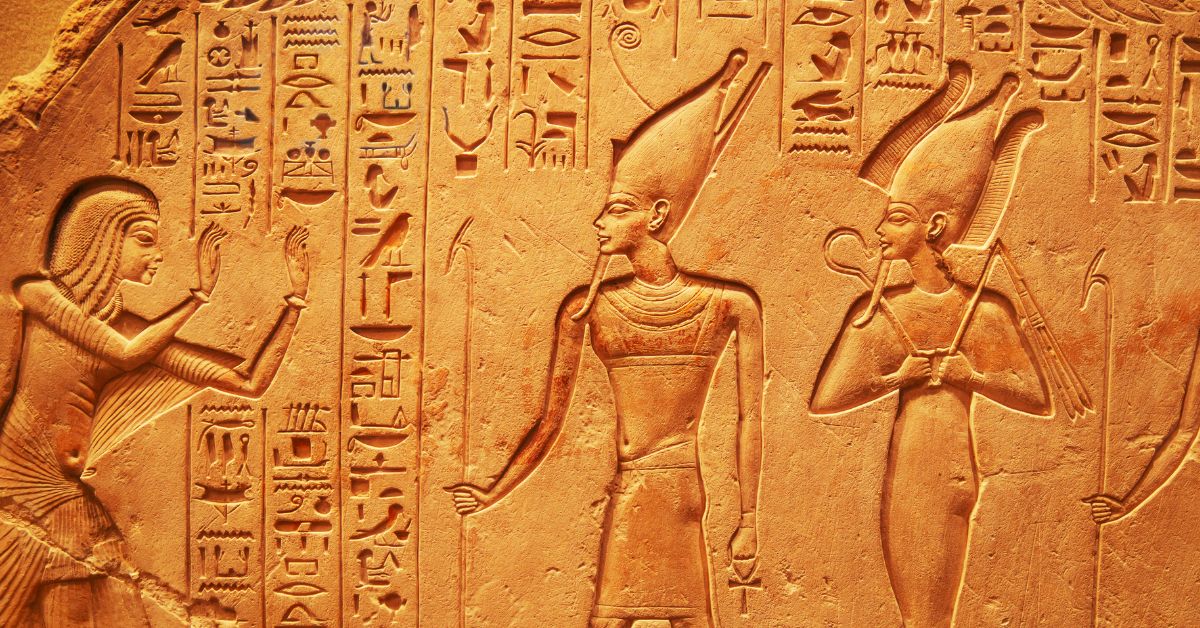Introduction
From Mesopotamian carvings to Egyptian hieroglyphs, the world of ancient artz holds a mirror to humanity’s earliest expressions of identity, belief, and aesthetics. In this guide, we explore the timeless nature of these creations, their cultural value, and how they continue to inspire artists, collectors, and scholars in the 21st century.
What Is Ancient Artz?
Ancient artz refers to visual creations made by early civilizations, often deeply rooted in spiritual, cultural, or utilitarian contexts. Unlike modern art, ancient pieces were typically crafted for rituals, worship, governance, or storytelling.
A Journey Through Civilizations
Egyptian Art
Renowned for its iconic tomb murals, statues of pharaohs, and symbolic use of color and geometry. The art served as a bridge between the living and the divine.
Mesopotamian Art
Featuring clay tablets, ziggurat carvings, and cuneiform inscriptions—these works documented trade, mythology, and governance.
Greek and Roman Art
Celebrated for sculptures that emphasized realism, proportion, and mythology. Think marble busts, frescoes, and architectural reliefs.
Chinese and Indian Ancient Art
From terracotta warriors to intricate mandalas, these traditions explored cosmology, dynastic history, and spiritual enlightenment.
Themes, Styles, and Techniques
Common Themes:
- Nature and wildlife
- Religion and gods
- War and conquest
- Life and death
Artistic Techniques:
- Stone carving
- Metal casting
- Fresco and mural painting
- Pottery and ceramics
Many ancient artz pieces were anonymous, crafted by artists whose purpose was communal rather than personal recognition.
The Modern-Day Impact of Ancient Artz
Ancient art has influenced contemporary design, from architecture to tattoo art. Museums, universities, and online galleries use these works as teaching tools and aesthetic references.
Real-World Examples:
- Fashion brands using Greco-Roman motifs
- Films like “Gladiator” and “The Mummy” drawing on visual styles from ancient civilizations
- Academic courses built entirely around ancient iconography and form
Why Ancient Artz Still Matters
- Cultural Insight: These works give a window into belief systems, social structures, and technological innovation.
- Aesthetic Inspiration: Artists and designers continue to draw from ancient palettes, patterns, and symbolism.
- Historical Education: Each artifact tells a story, helping historians and archaeologists piece together the past.
How to Explore or Collect Ancient Artz
Where to Begin:
- Visit world-class museums (e.g., The British Museum, The Met, The Louvre)
- Explore online archives such as Google Arts & Culture
- Attend gallery exhibitions or university lectures
Buying Ancient Artz (Ethically):
- Always request provenance documentation
- Avoid buying looted or undocumented artifacts
- Work with certified antiquities dealers and auction houses
Digital Exploration:
Many institutions now offer 3D scans and digital exhibits of ancient artz for virtual exploration.
Conclusion and CTA
Whether you’re a curious student, a history enthusiast, or a budding collector, ancient artz offers a journey through time like no other. These artistic expressions continue to educate, inspire, and connect us with our shared human legacy.
FAQ
Is “ancient artz” the same as ancient art?
“Ancient artz” often refers to a stylized or branded term used in modern contexts, though it generally relates to traditional ancient art forms.
Are there online platforms dedicated to ancient artz?
Yes. Platforms like Artsy, Sotheby’s, and university portals often feature ancient collections and learning materials.
Can I legally own an ancient artifact?
Yes, but only if it’s legally sourced and comes with provenance records.
How is ancient art preserved?
Through conservation techniques like climate control, light filtering, and careful restoration.









